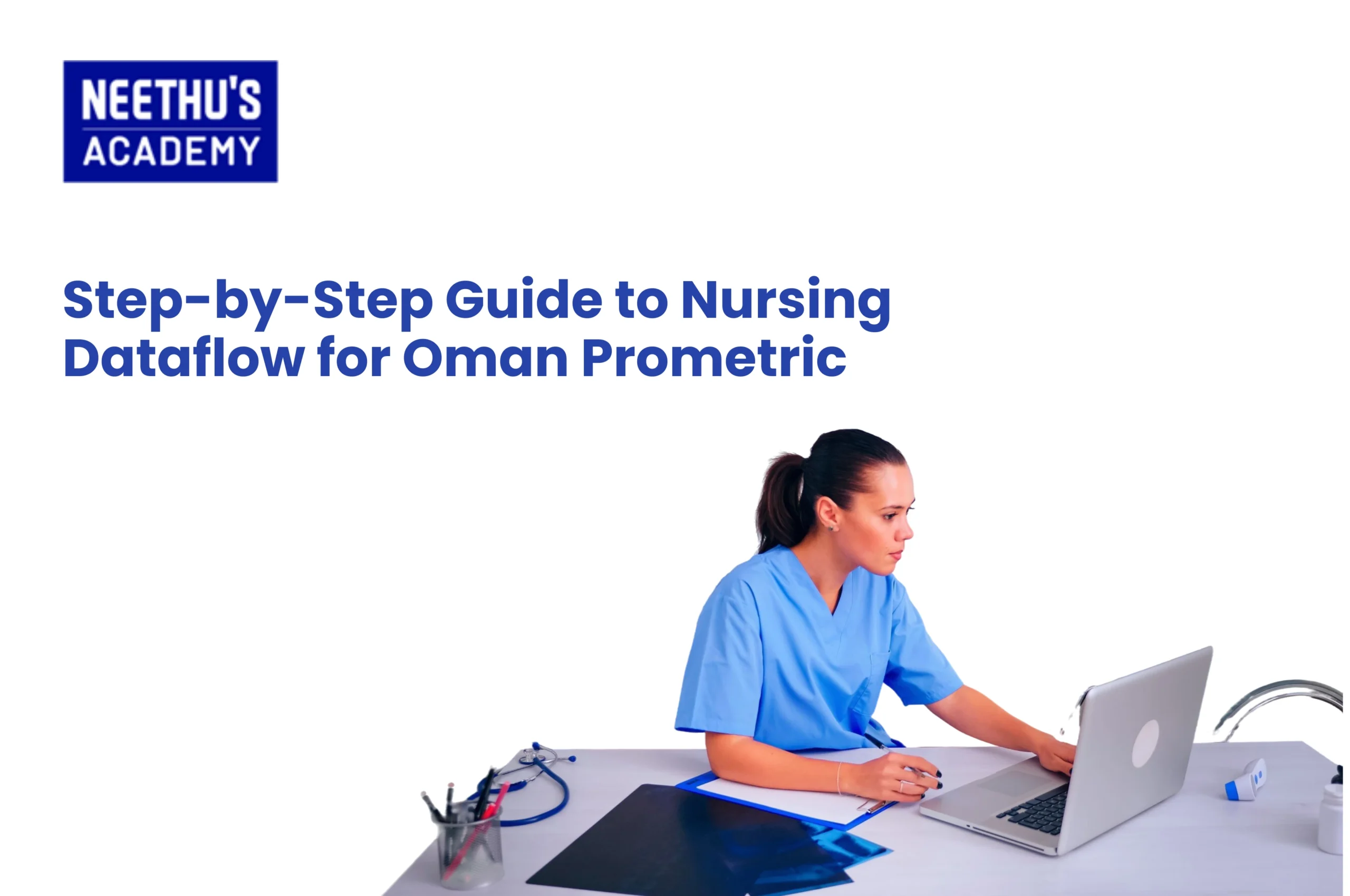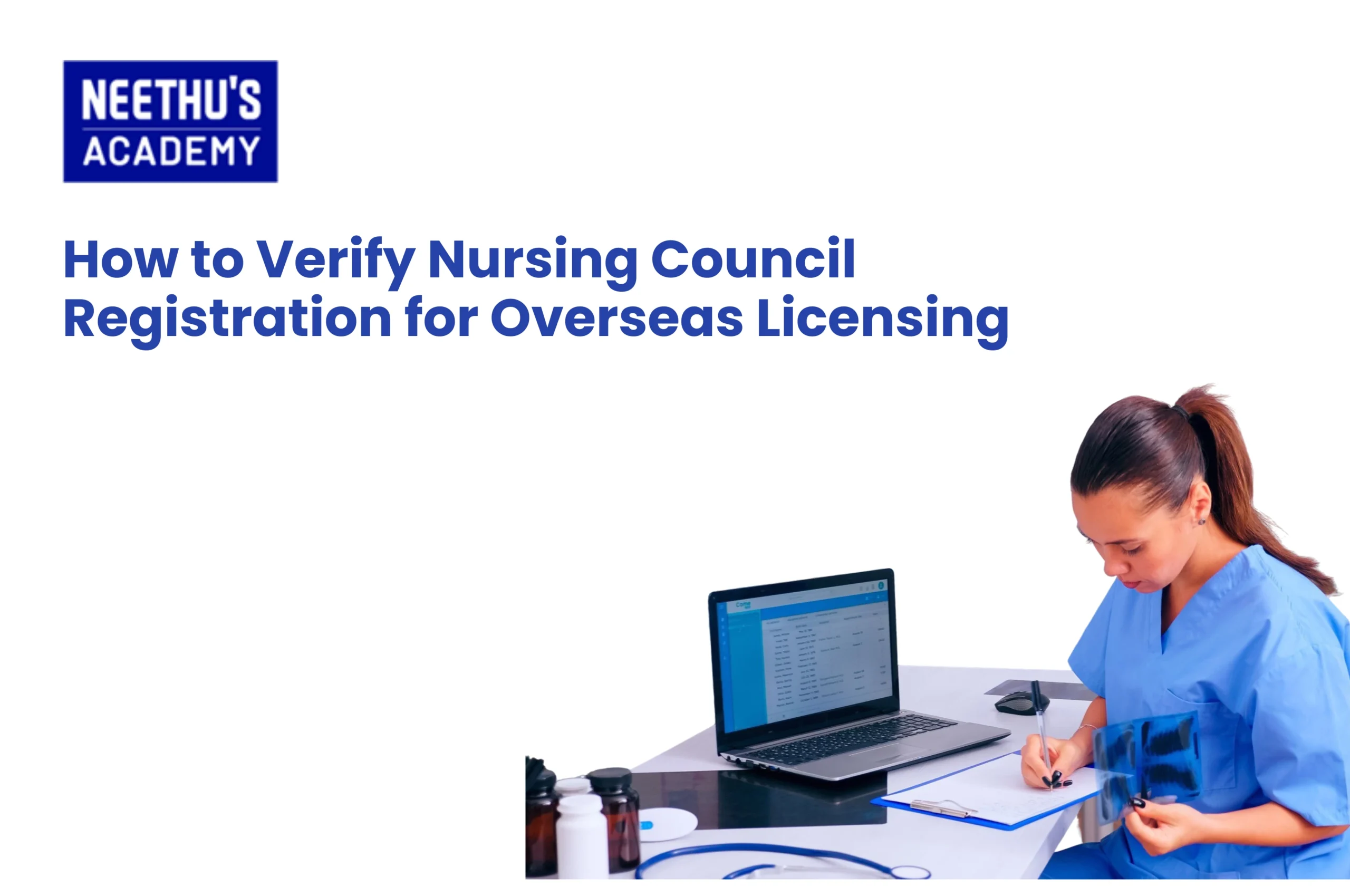OSCE is a critical assessment for healthcare professionals that tests not only the clinical knowledge but also the practical and communication skills…
How To Handle OSCE Emergency Scenarios
Emergency scenarios in OSCEs (Objective Structured Clinical Examinations) can be one of the most nerve-wracking parts of the nursing exam. You’re expected to demonstrate critical decision-making, accurate clinical skills, and clear communication—all within a few intense minutes. Whether it’s a patient collapse, anaphylaxis, seizure, or sepsis, your ability to act swiftly and calmly will determine your performance.
This blog offers in-depth guidance on how to effectively approach OSCE emergency scenarios, practice key emergency skills, and succeed with confidence. We’ll also explore practical tips, common station types, and how professional support from an OSCE coaching centre can sharpen your readiness.
Understanding Emergency OSCE Stations
Emergency stations are there to help you work under pressure. In actual clinical environments, emergency scenarios require quick thinking and the right response.
Common OSCE emergencies may include:
Unresponsive patient in need of CPR
Anaphylactic shock in need of adrenaline
Seizure control
Acute asthma or hypoglycemia
Cardiac chest pain or pulmonary embolism
Recognition of sepsis and escalation
Your response in these stations is not just reliant on clinical knowledge but also time management, prioritisation, and communication.
Core OSCE Emergency Station Skills
Passing the OSCE nurse emergency stations starts with the right mastery of the core skills needed to address critical patient situations. The most crucial emergency skills are:
ABCDE Assessment
The foundation of every emergency situation: Airway, Breathing, Circulation, Disability, Exposure.
Assists you in organising your assessment so you do not miss important signs.
Basic Life Support (BLS)
Perform CPR correctly, use an AED, and manage airway for unresponsive patients.
Vital Sign Monitoring
Spot abnormalities in BP, oxygen saturation, pulse, temperature, and respiratory rate.
Safe Communication (SBAR)
Situation, Background, Assessment, Recommendation – for clear handover.
Clinical Decision-Making
Recognise life-threatening symptoms and know when to escalate.
Team Interaction
Verbally demonstrate that you’re calling for help or informing a senior nurse or doctor.
Infection Control
Apply standard precautions even during high-pressure scenarios.
Step-by-Step Approach to OSCE Emergency Scenarios
Here is a tried-and-tested framework to work with when dealing with any emergency OSCE station:
- Remain Calm and Focused
Take a breath before you start. Don’t hurry in. Read the instructions for the scenario carefully. Be aware of what you are being requested to do.
- Start with ABCDE
Use the ABCDE approach:
Airway: Is it patent? If not, perform head-tilt-chin-lift maneuvers.
Breathing: Evaluate respiratory rate, oxygen saturation, and chest rises. Provide oxygen if necessary.
Circulation: Evaluate heart rate, blood pressure, and capillary refill. Check for bleeding or cyanosis.
Disability: Evaluate with AVPU (Alert, Verbal, Pain, Unresponsive) or GCS for neurologic status. Check blood glucose if appropriate.
Exposure: Remove clothing as needed and evaluate for rash, injury, or signs of trauma.
- Escalate Early
Alert loudly that you are escalating the situation. “I would now call for medical assistance” must always be said out loud.
- SBAR Communication
When transferring, use SBAR to format your communication. Practice giving short reports to the team.
- Continuous Monitoring
While awaiting assistance, continue monitoring the patient, reassessing, and intervening.
- Documentation
If the situation involves documentation, record findings accurately and promptly.
Practice Tips and Strategies
You can’t be an expert in emergencies overnight, but consistent OSCE emergency practice will build your confidence. Here’s the smart way to prepare:
Simulate Real-Life Situations
Role-play with a mentor or peer or use dummies to simulate actual emergencies.
Practice Under Timed Conditions
OSCE stations are timed. Practice giving assessments and handovers within 8–10 minutes.
Record Yourself
Recording reveals nervous tics, muddled language, or omitted steps.
Use Visual Aids and Flashcards
Memorise frequently recurring symptoms, drug doses, and ABCDE checklist with the help of visual aids.
Verbal Practice
Recite your results and actions aloud. Verbalization is one of the main OSCE tactics.
Peer Review
Swap feedback within study groups to identify gaps in practice and enhance team work.
Mock Exams
Regular mock OSCEs under exam-simulated conditions mimic pressure and enhance preparedness.
Best OSCE Coaching Center in Kerala
Enrolling in a professional OSCE coaching centre such as Neethu’s Academy is one of the best decisions you can make if you prefer organized guidance. The centres offer:
Mock OSCE emergency situations with experienced evaluators
Constructive feedback on your communication, clinical, and decision-making skills
Current materials and mock tests
Personalized coaching for international nurses under adaptation OSCEs
Personal attention to enhance weak points
Neethu’s Academy provide full training programs in emergencies, skills stations, and communication tasks.
Common Emergency Stations in OSCE Exams
Following are some of the common emergency stations:
Anaphylaxis – Identify sudden swelling or hives, give intramuscular adrenaline quickly.
Unresponsive Patient – Check using AVPU, clear airway, and start BLS if necessary.
Seizure Management – Shield the patient from harm, don’t restrain, and observe length.
Hypoglycemia – Identify low glucose symptoms, give rapid-acting carbohydrates.
Asthma Attack – Administer salbutamol by inhaler or nebuliser, monitor respiratory effort.
Sepsis Identification – Monitor for confusion, increased breathing, pyrexia, hypotension—escalate at once.
Cardiac Chest Pain – Monitor vitals, lay patient upright, prepare ECG and escalation.
Having a preknowledge of these helps your speed, concentration, and confidence in the exam.
Summary and Key Takeaways
✅ Learn ABCDE: Use it as your emergency navigation tool.
✅ Practice Regularly: Repetition builds speed and confidence.
✅ Stay Calm: Controlled actions matter more than fast ones.
✅ Escalate Early: Always announce when you’re seeking help.
✅ Join Coaching Centres: Expert-led mock stations refine your skills.
✅ Know Your Common Scenarios: Familiarity saves time.
By following structured techniques and refining your practice, you’ll find that even the most daunting OSCE emergency scenarios become manageable.
Conclusion
Emergency OSCE stations are challenging, but they are also your opportunity to show you can perform under pressure as a nurse. With proper training, consistent practice, and guidance from a well-established OSCE coaching centre such as ours, you can walk into any emergency scenario confidently and perform like a pro. Your goal is not to be perfect—but to be ready, safe, and present. Keep in mind that it requires patience and planning to improve your OSCE emergency performance. So start today, practice regularly, and believe in your training.
Frequently Asked Questions
Employ the ABCDE approach, remain calm, and refer to senior staff in a timely manner.
Practice consistently, mimic exam sessions, and emphasize structured preparation.
It is about delivering unpleasant news empathetically through models such as SPIKES.
Utilize checklists, record yourself, and mimic timed stations in order to assess performance independently.
Related Blogs
- All Posts
- OSCE
Mastering communication skills is a must for better performance in the OSCE. Effective communication in OSCEs helps in rapport building with patients,…
The OSCE or the Objective Structured Clinical Examination is, in fact, one of the most important assessments for doctors and other healthcare…
Course Enquiry
Error: Contact form not found.
Latest Posts
- All Posts
- canada
- CBT
- DHA
- French
- GENERAL
- German
- Haad
- IELTS
- IQN NEW ZEALAND
- MOH
- NCLEX-RN
- NHRA
- OET
- OSCE
- Pearson Vue
- PROMETRIC
- PTE
- TOEFL
- Back
- NCLEX - NGN
- Back
- OET FOR PHYSIOTHERAPIST
- OET FOR PHARMACIST
- OET FOR DOCTORS



